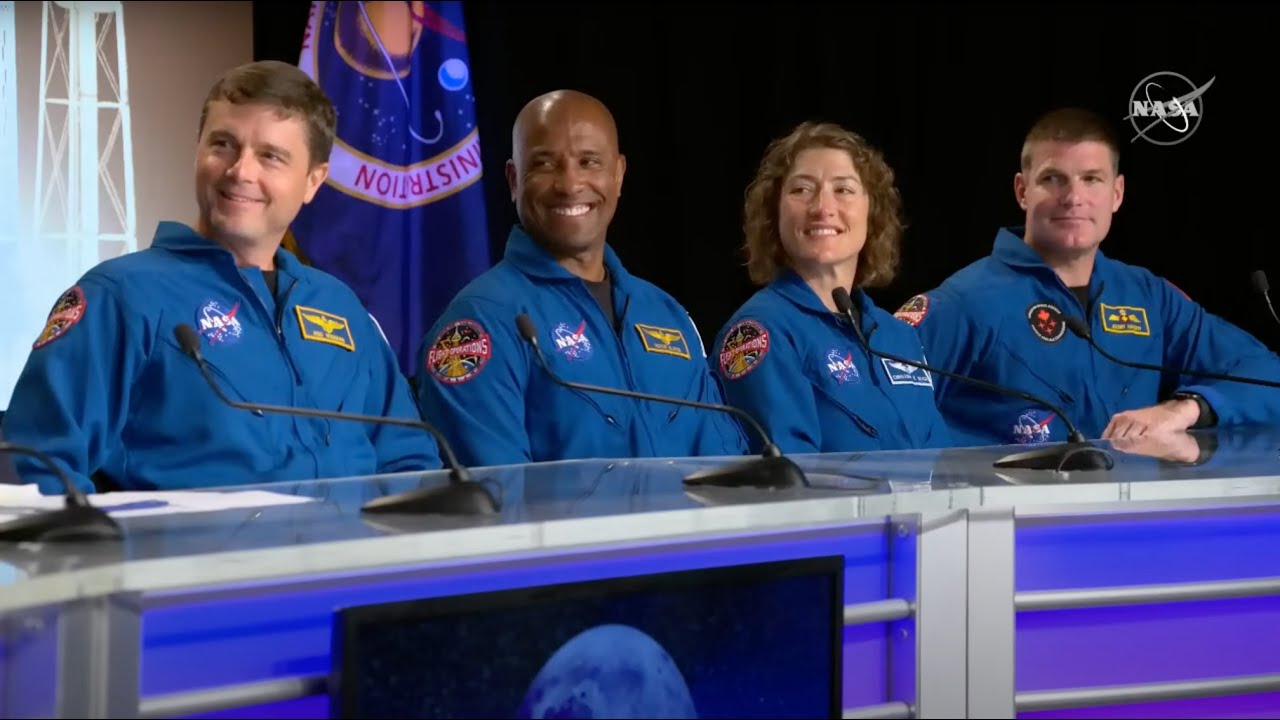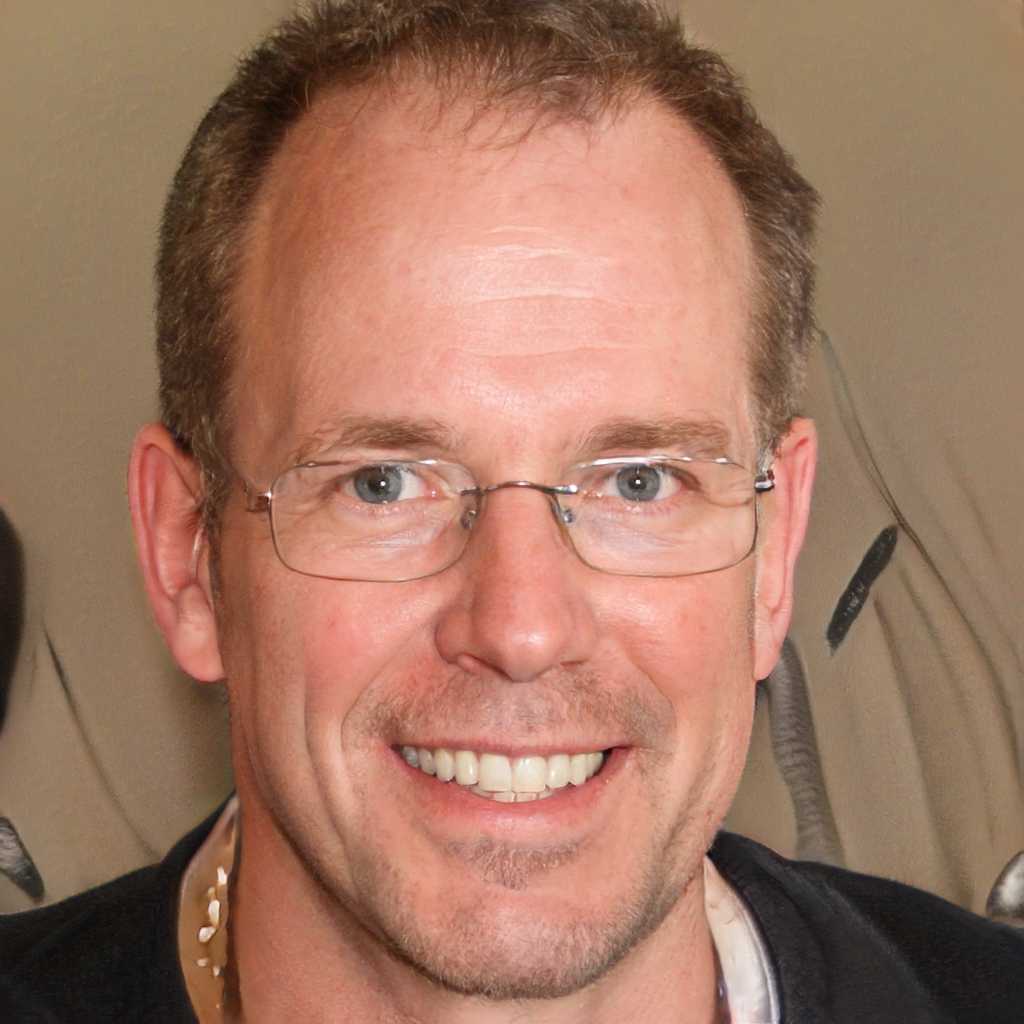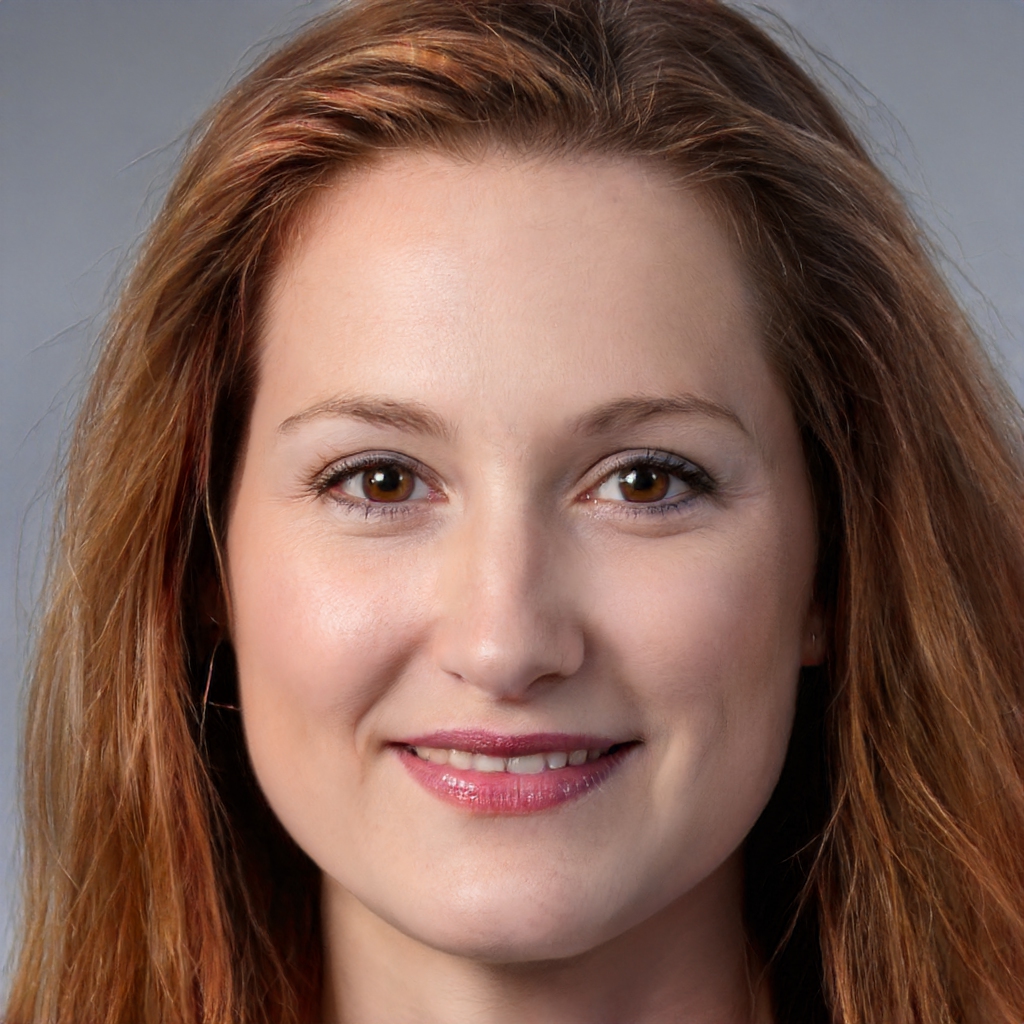Astronauts Get Their First Glimpse Of The Spacecraft Set To Orbit The Moon
On Monday, the trio of American astronauts and their Canadian counterpart, designated for NASA's Artemis II mission, experienced a surreal moment of disbelief. The astronauts get their first glimpse of the spacecraft set to orbit the moon and safely return to Earth as they are granted their initial access to the Orion spacecraft.
Author:Daniel JamesReviewer:Karan EmeryAug 10, 202336.7K Shares816.5K Views

On Monday, the trio of American astronauts and their Canadian counterpart, designated for NASA's Artemis II mission, experienced a surreal moment of disbelief. The astronauts get their first glimpse of the spacecraft set to orbit the moonand safely return to Earth as they are granted their initial access to the Orion spacecraft.
During this encounter, the astronauts had the chance to gaze through the hatch of the Orion crew capsule, which will be an integral part of the upcoming Artemis II mission. With most of the spacecraft's construction now finished, it is undergoing final evaluations before being joined with its power and propulsion module at NASA's Kennedy Space Center located in Florida.
“„We all said when we walked up to it the first time, that it gave us chills, and it really does. So it's a new way that I feel bonded with this crew and also with the team.- Christina Koch, a mission specialist on the Artemis II mission
The current visit by the crew to the Kennedy Space Center marks just the beginning of their interactions, as they prepare diligently for their groundbreaking mission - the initial human journey towards the vicinity of the Moon since the final Apollo mission back in 1972. In the forthcoming visits to the Florida-based spaceport, Koch and her fellow crew members will repeatedly enter the Orion crew module for various rounds of testing and verification.
Anticipated for the upcoming year, they will don their distinctive orange pressure suits and securely fasten themselves into their seats, embarking on a comprehensive end-to-end trial of the spacecraft's software, cockpit displays, and life support system.
“„It was great to look inside. The fit and finish is gorgeous. It's neat to see the actual hardware all coming together. The things that we've learned about so far in training, to see it for real in the spacecraft, it just gave you a good sense of how far along this thing is. The hardware is nearly ready.- Reid Wiseman, the Artemis II commander

Artemis astronauts get first look at the spacecraft that will fly them around the moon
There Is More Work To Be Done
Presently, the Orion crew module, boasting a diameter of 16.5 feet (5 meters), occupies a distinct position within the extensive expanse of the Neil Armstrong Operations & Checkout Building at Kennedy Space Center. Notably, it surpasses the width of the Apollo command module from the earlier era of lunar exploration by almost 4 feet. Surrounding the Orion capsule on three sides is an arrangement of potent speakers.
The upper section of this spacecraft, reminiscent of a gumdrop in shape, is adorned with black silica tiles that bear a resemblance to the thermal protection tiles that adorned NASA's space shuttle. Underneath, the spacecraft's primary heat shield is affixed, adorned with a reflective silver coating overlaying an ablative material.
This material is destined to bear the brunt of the extreme heat - nearly 5,000 degrees Fahrenheit (2,800 degrees Celsius) - that will be generated during the mission's conclusion. This occurs as the capsule hurtles back through Earth's atmosphere at a velocity equivalent to 32 times the speed of sound.
In the upcoming days, the speakers are set to unleash a barrage of sound upon the Orion crew module, replicating the acoustic energy generated during a rocket launch. This direct field acoustic test has been meticulously devised to validate the spacecraft's capacity to endure the formidable sound emissions produced by the engines and boosters of NASA's Space Launch System rocket. This very rocket is slated to propel the Artemis II crew into the expanse of space.
This represents one of the final substantial assessments prior to technicians positioning the Orion crew module, crafted by Lockheed Martin, atop the Orion service module, expertly crafted by Airbus through a collaborative agreement involving NASA and the European Space Agency. While the final refinements to the Orion crew module have consumed more time than initially projected, the anticipated connection of these two integral Orion modules is now anticipated to take place in mid-September. This revised timeline indicates a delay of two to three months in comparison to NASA's earlier predictions this year.
The timeline for the Artemis II mission, encompassing the crew module where astronauts will reside during their approximately 10-day loop around the Moon's far side, is presently influencing the launch schedule. As elucidated by Jim Free, the head of the NASA division tasked with the hardware development for the Artemis lunar initiative, the progress in preparing this crucial crew module is lagging by "several weeks" behind the timeline essential to uphold the intended Artemis II launch in late November 2024. Understandably, this indicates a probable postponement into the year 2025.
"The crew module is the critical path right now," Free said in a press conference Tuesday at Kennedy. "We have to get the crew module assembled and tested, and then mated to the service module, and turn it over to the ground systems folks here for processing."
According to Crew Commander Reid Wiseman, it's not their own upcoming journey, but rather the forthcoming moon landing, that will symbolize the realization of their aspirations. A significant assembly of over 200 rock concert speakers encircled the capsule in preparation for an acoustic test scheduled for later this week.
NASA's strategy involves subjecting the area to an intense 143-decibel cacophony, simulating the mighty roar of liftoff. This rigorous test aims to assess the durability and performance of the capsule's components, including windows and wiring.

Daniel James
Author
Daniel James is a distinguished gerontologist, author, and professional coach known for his expertise in health and aging.
With degrees from Georgia Tech and UCLA, including a diploma in gerontology from the University of Boston, Daniel brings over 15 years of experience to his work.
His credentials also include a Professional Coaching Certification, enhancing his credibility in personal development and well-being.
In his free time, Daniel is an avid runner and tennis player, passionate about fitness, wellness, and staying active.
His commitment to improving lives through health education and coaching reflects his passion and dedication in both professional and personal endeavors.

Karan Emery
Reviewer
Karan Emery, an accomplished researcher and leader in health sciences, biotechnology, and pharmaceuticals, brings over two decades of experience to the table. Holding a Ph.D. in Pharmaceutical Sciences from Stanford University, Karan's credentials underscore her authority in the field.
With a track record of groundbreaking research and numerous peer-reviewed publications in prestigious journals, Karan's expertise is widely recognized in the scientific community.
Her writing style is characterized by its clarity and meticulous attention to detail, making complex scientific concepts accessible to a broad audience. Apart from her professional endeavors, Karan enjoys cooking, learning about different cultures and languages, watching documentaries, and visiting historical landmarks.
Committed to advancing knowledge and improving health outcomes, Karan Emery continues to make significant contributions to the fields of health, biotechnology, and pharmaceuticals.
Latest Articles
Popular Articles